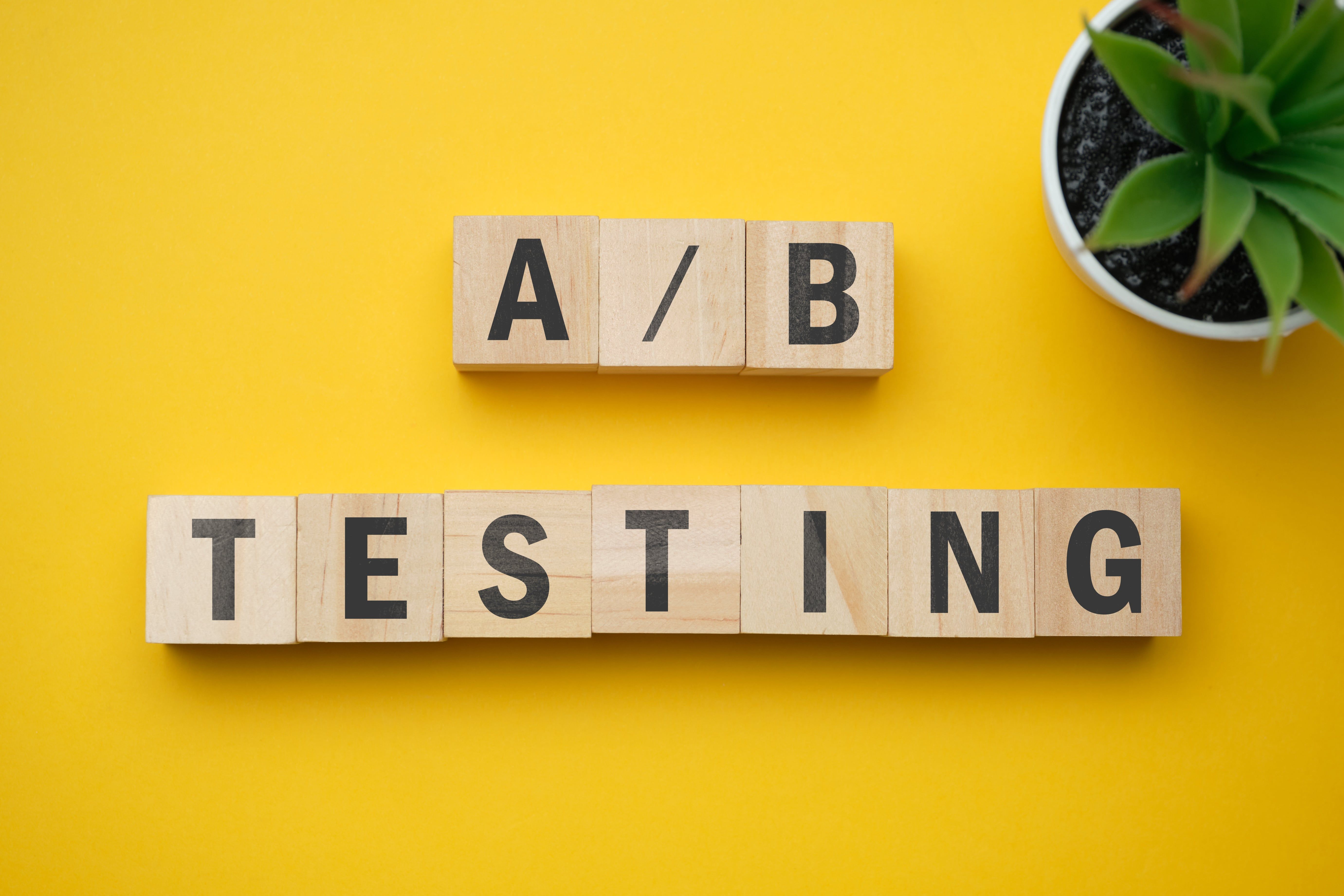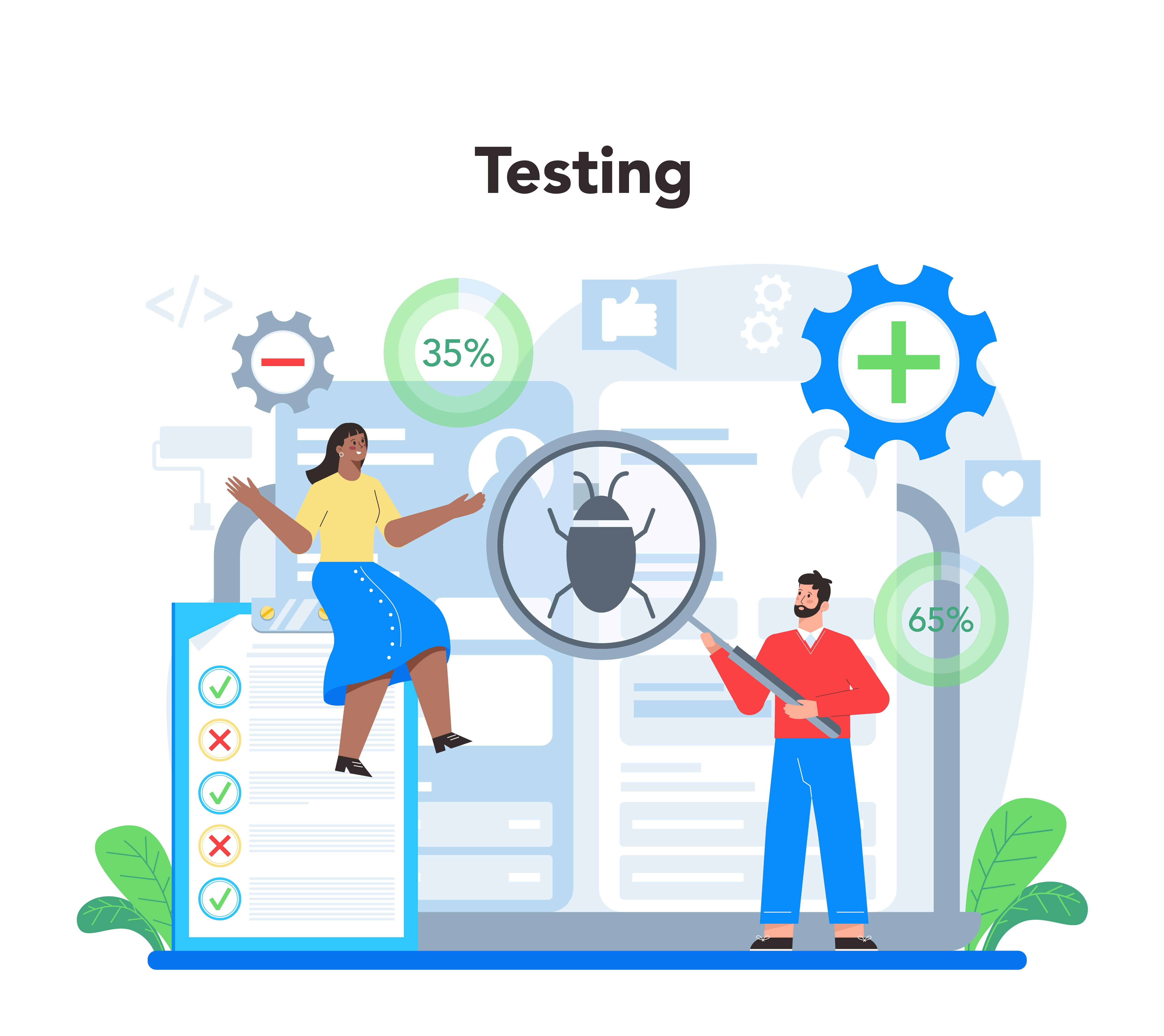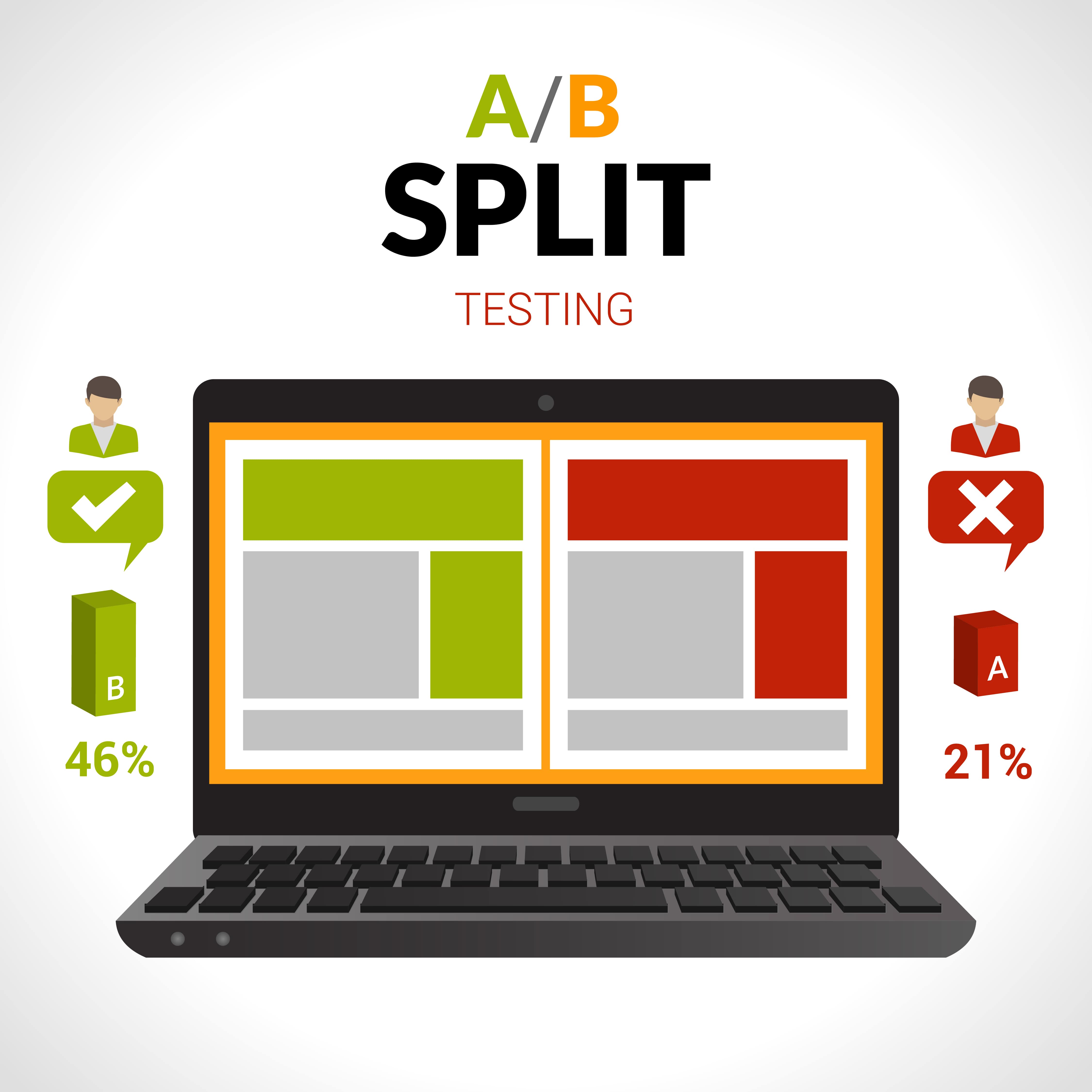Are you looking to optimise your website's design and improve user experience? A/B testing might just be the powerful tool you need. Also known as split testing, A/B testing allows you to compare two versions of a webpage or a design element to determine which one performs better. It's a proven method to make data-driven decisions and increase conversions. But how can you ensure success with A/B testing?
In this article, we'll share expert tips to help you get the most out of your A/B testing efforts, as well as the common pitfalls to avoid. From selecting the right elements to test and setting clear goals to analysing results accurately, we'll cover it all. Whether you're a seasoned designer or just starting out, these tips will help you navigate the world of A/B testing and achieve meaningful results.
So, let's dive in and discover the secrets to successful A/B testing in design.
What is A/B Testing and Why is it Important?
A/B testing is a valuable method for comparing two versions of a design element or webpage to determine which performs better in terms of user engagement and conversion rates. By randomly dividing your audience into two groups and exposing each to different versions, you can collect data and make informed decisions to improve your design.
The importance of A/B testing lies in its ability to provide real user data that validates design decisions. Rather than relying on assumptions or personal preferences, A/B testing allows you to gain insight into how users interact with your design and make data-driven decisions based on that information. This leads to better user experiences, higher conversion rates, and ultimately, improved business results.
In addition to validating design decisions, A/B testing also helps identify areas for improvement. By comparing different design elements, layouts, or copy variations, you can determine what works best for your target audience. Adopting an iterative approach to design optimisation through A/B testing enables you to continuously refine and enhance your website, resulting in a superior user experience and increased conversions.

A/B Testing Best Practices
To ensure successful A/B testing, it's important to follow best practices that will maximise your chances of obtaining accurate and actionable results. Here are some expert tips to help you get the most out of your A/B testing efforts:
- Clearly define your goals: Before starting an A/B test, it's essential to define what you want to achieve. Whether it's increasing click-through rates, improving time on page, or boosting conversions, having clear goals will guide your testing strategy and help you measure success accurately.
- Test one element at a time: To isolate the impact of specific design changes, it's important to test one element at a time. By changing multiple elements simultaneously, you won't be able to determine which change caused the difference in performance. Focus on testing individual elements such as headlines, call-to-action buttons, or page layouts to gain meaningful insights.
- Ensure a large enough sample size: The sample size of your A/B test should be large enough to provide statistically significant results. A small sample size may lead to unreliable or inconclusive data. Use statistical calculators or consult with experts to determine the ideal sample size for your test.
- Run tests for a sufficient duration: Running A/B tests for an adequate duration is crucial to account for variations in user behaviour over time. Factors such as weekdays, weekends, or different time zones can influence user interactions. Aim for a test duration that covers a representative period to capture accurate data.
- Randomise the allocation of your test groups: To eliminate bias and ensure accurate results, it's important to randomise the allocation of users to different test groups. Randomisation helps to distribute any external factors evenly across the groups, providing a fair comparison between the variations being tested.
- Monitor other factors: While A/B testing focuses on specific design changes, it's important to monitor other factors that might influence the test results. Factors like seasonality, marketing campaigns, or website performance can impact user behaviour and skew the results. Consider these factors when analysing your test data.
- Continuously iterate and improve: A/B testing is not a one-time effort. The key to success is to continuously iterate and improve your design based on the insights gained from testing. Use the data to inform your design decisions and keep experimenting to achieve optimal results.

Common Pitfalls to Avoid in A/B Testing
Although A/B testing can be a powerful tool, it's important to avoid common pitfalls that could lead to inaccurate results and unreliable insights. Here are some pitfalls to watch out for:
- Testing too many variations: Testing too many variations at once can cause confusion and produce inconclusive results. Instead, focus on a single design element and limit the number of variations to compare. Testing too many variations could also increase the risk of false positives and make it difficult to interpret the results.
- Drawing conclusions too early: It's crucial to achieve statistical significance before drawing valid conclusions from A/B testing results. Making assumptions based on early results could lead to incorrect conclusions. Wait until your test has reached the desired sample size and duration before making decisions based on the results.
- Ignoring qualitative feedback: Although A/B testing provides quantitative data, it's important not to ignore qualitative feedback from users. Analysing user feedback, conducting usability tests, and considering user preferences can provide valuable insights that complement the quantitative data from A/B testing.
- Not considering long-term impact: While A/B testing is useful for short-term optimisations, it's important to consider the long-term impact of design changes. Some changes may lead to short-term improvements but have negative effects over time. Evaluate the potential long-term impact before implementing design changes based on A/B test results.
- Not segmenting your audience: Different user segments may respond differently to design changes. Segmenting your audience and performing A/B tests on specific groups can help you understand how different segments interact with your design. This allows you to tailor your design based on specific user preferences and behaviours.
By avoiding these common pitfalls, you can ensure that your A/B testing process is reliable, accurate, and provides valuable insights to inform your design decisions.

Optimising the A/B Testing Process and Analysing Results
To properly set up an A/B test, you need to follow several steps to ensure the test produces reliable results:
- Identify the element to test: Determine the specific design element or webpage you want to test, such as a headline or call-to-action button.
- Formulate your hypothesis: Create a hypothesis that predicts the effect of changing the design element. For example, changing the colour of a call-to-action button will increase click-through rates.
- Create variations: Produce two or more variations of the design element that differ in specific ways, such as colour or placement.
- Randomly assign users: Randomly assign users to the different variations to avoid bias and distribute external factors evenly.
- Track and measure: Establish tracking and measuring tools to gather relevant metrics and data aligned with your goals.
- Run the test: Initiate the A/B test and monitor it to ensure that the variations are displayed correctly.
- Analyse the results: After concluding the test, analyze the results for statistically significant differences in the metrics tracked and consider qualitative feedback from users.
- Draw conclusions and iterate: Use the data to inform future design decisions and implement positive changes while iterating on your design.
Tools like Google Optimize and Optimizely can assist with conducting A/B tests and designing optimisation. Remember to prioritise tests based on customer research and formulate multiple hypotheses.

When analysing and interpreting A/B test results, it's essential to consider several key factors. Firstly, you should assess the statistical significance of the results using a threshold such as 0.05 to determine their reliability. Additionally, confidence intervals are critical in providing insights into precision and a range of probable values.
Another crucial factor is the effect size, which measures the practical significance of observed differences. Consistency across multiple metrics can also be invaluable for increasing confidence in the results. Conversely, conflicting results may indicate that further investigation is warranted. It's also worth conducting segmentation analysis to uncover valuable insights by examining different user segments, like demographics or behaviour. This approach often provides nuanced insights that are not readily apparent in the overall results. However, it's also important to keep in mind the limitations of the test, including factors like sample size, duration, and external influences.
Finally, documenting your results, analysis, and conclusions is instrumental in creating a resource for future reference and communicating the implications of your findings to stakeholders. By taking all these factors into account, you can better understand and interpret A/B test results and derive actionable insights for improving your design optimisation efforts.
By carefully setting up, conducting, analysing, and iterating upon A/B tests, you can continuously optimise your digital properties, effectively cater to your user base, and drive meaningful growth for your business.
For a more comprehensive understanding and some inspiration, you can explore real-world examples of successful A/B testing in UX/UI design.
Stop Making Assumptions and Start Testing
A/B testing allows you to make smart, data-driven decisions that boost user engagement and conversion rates. It's an iterative, dynamic process that requires careful planning, execution, and analysis, but the rewards are significant. Keep in mind the tips, best practices, and common pitfalls we've discussed to ensure your A/B testing efforts yield reliable results.
Harness the power of A/B testing and let your users guide your design decisions toward success.



